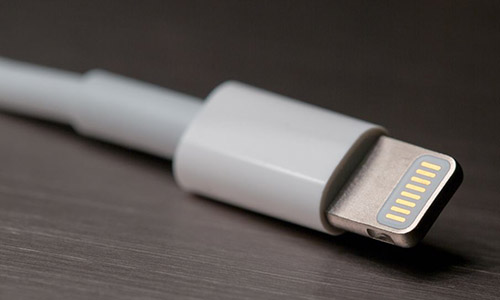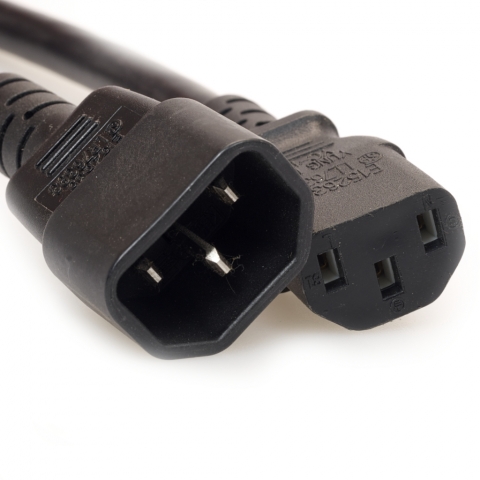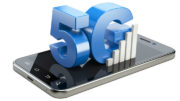The power cord is one of the scourges of modern life. We live in a sea of them, and they multiply mercilessly. We often don’t know whether or not to keep old ones, and new devices sometimes use the same connector as old ones.
Our near-immersion in power cords brings to mind a word: kipple. Kipple is a word coined by Philip K. Dick in his book Do Androids Dream of Electric Sheep? which formed the basis of the film Blade Runner. In Mr. Dick’s own words:
Kipple is useless objects, like junk mail or match folders after you use the last match or gum wrappers or yesterday’s homeopape. When nobody’s around, kipple reproduces itself. For instance, if you to go bed leaving any kipple around your apartment, when you wake up there is twice as much of it. It always gets more and more.
No one can win against kipple, except temporarily and maybe in one spot.
If there ever has been a more accurate description of the MicroUSB cable, I have not read it. If you have one MicroUSB cable, chances are that you have ten. That is, unless you need one in which case you will never be able to find one. You will find everything else, guaranteed, but the cable you need will never appear.
There can NOT be only one
It would be great if there could be just one power connector and it worked with everything. You can get pretty close, closer than ever before, but there are still going to be weird ones. Let’s first look at the cables that will hopefully go away soon.
MiniUSB

If you had a cell phone in the 2000s you probably used this connector. It looks like the almost ubiquitous MicroUSB but it’s a fatter connector. It’s still used by some devices, but every year that gets fewer and fewer. This cable should disappear fairly soon.
Round connector

This kind of connector, alternately called a barrel connector, round connector, or circular connector, is the bane of most people’s existence. There are dozens of extremely similar versions, of different depths and thicknesses, with varying voltages. The good news is that more modern, standard connectors can do exactly the same thing as this connector. The bad news is that these connectors are insanely cheap and that’s going to keep manufacturers from switching. They can carry a lot of current, too, making them suitable for computer use or large television use.
Lightning

This is Apple’s Lightning connector. It’s durable, double-sided, and tiny. It doesn’t carry a lot of power but it’s very nice. Unfortunately Apple is very proprietary about how it works. I would hate to see it go because it’s so small, but it’s nonstandard and it’s just another cable to have around. I guess in the grand scheme of things I’d rather have fewer connector types.
What “should” be the last connector standing…

This is the USB-C Connector. There’s a decent chance you have it on your Android phone. It’s double-sided like Lightning, but it has the potential to carry a lot more power. The USB connector can carry up to 100 watts of power. This is enough to power virtually anything except for a large TV or gaming laptop. And it should be one of the last cables you ever need. An upcoming upgrade will up this to 240 watts, which will power pretty much anything short of a server.
AC cables

There’s another whole class of cables that are designed to carry power straight from the wall. They are, by necessity, much thicker and not suitable for connection to smaller devices. However, there are relatively few types. You’ve probably seen this IEC C13 connector on something over the years, for example.
We will get there eventually
It’s probably going to take another ten years, possibly more, before we see some of those older cables disappear. Eventually most cables will go to the USB-C connector, unless something even newer comes along. At that point, you’ll have a large pile of them, but at least there will only be one type of pile.
In the meantime, shop at Solid Signal for all those cables, even those hard-to-find cables that you wish you didn’t have to get.





